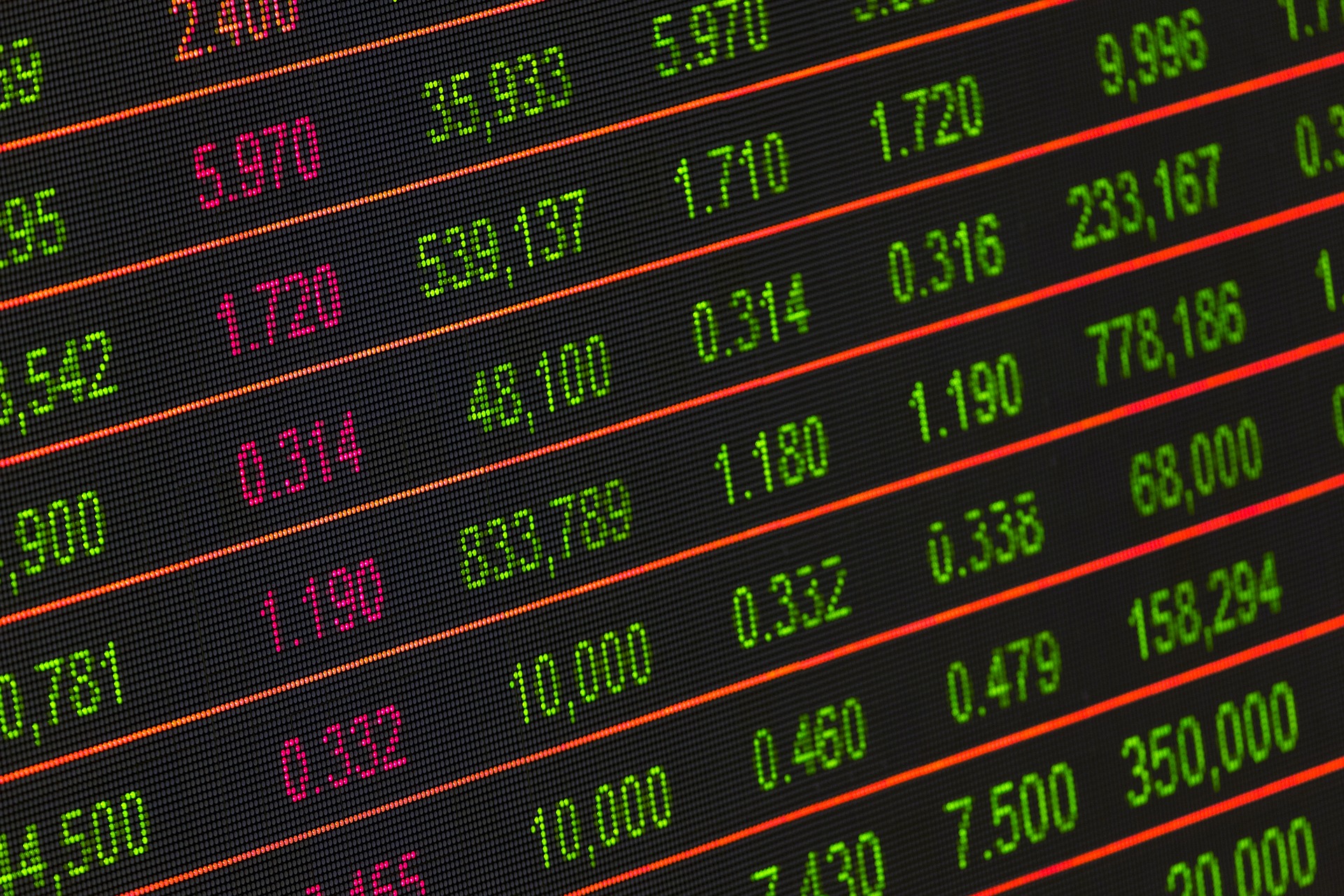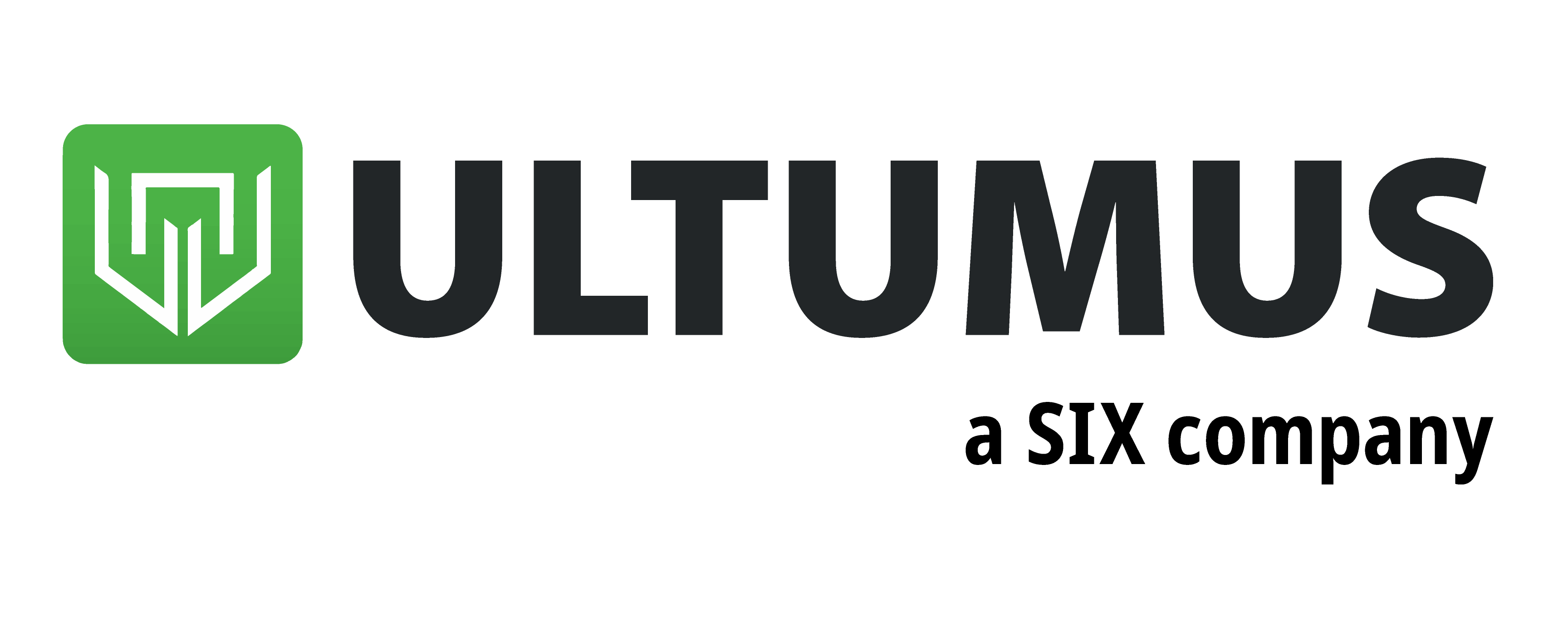The S&P 500 is a very popular benchmark for ETF issuers and rightfully so. It is comprised of the largest 500 or so companies in the US, ranked by market capitalisation across all sectors and industries.
Since the beginning of the year, the S&P 500 has risen 17.3% as it rebounded from its disappointing fall at the end of 2018. Despite this negative period for the equity market, the index has now surpassed its highest mark from last year.
The largest ETF in the world in terms of assets under management is the US-based SPDR S&P 500 ETF (SPY) with $279.4bn, despite the fund seeing outflows of $4.7bn last week, according to data sourced by Ultumus. Second to SPY is another S&P 500 product, the iShares Core S&P 500 ETF which has $176.8bn in AUM.
Evidently S&P 500 ETFs are a popular product to hold in an investor’s portfolio, but there are many to choose from.
Overall, there are 66 different S&P 500 ETFs domiciled in Europe alone which include different factors, currency hedged and leveraged versions of the benchmark, 17 of which come from ETF giants iShares. The total AUM for all 66 ETFs is $136.1bn.
Christopher Peel, CIO of Tavistock Wealth, stresses size matters. “Liquidity is crucial when trading ETFs as we want the bid-offer spreads to be as tight as possible. We typically go for providers that have the most free float and lowest dealing spread on average.”
Hence any ETFs that have an already large AUM are likely to attract more investors.
Out of the 66 varieties of the S&P 500 ETFs domiciled in Europe, 39 have over $100m in AUM. The largest in Europe is the iShares Core S&P 500 ETF (CSP1) with $32.3bn in assets which used US dollars as its base currency. The second largest iShares S&P 500 ETF is its euro hedged version (IUSE) which has $3.8bn in AUM.
A comparison in performance over the last 12-months shows CSP1 produce returns of 19.5% whereas IUSE produced 8.7%. This is because over the same period, the USD has risen 7.2% against the euro.
Some alternative options include the Xtrackers S&P 500 Equal Weight ETF (XDEW). Instead of the holdings being weighted depending on their market cap, all companies are weighted the same (between 0.22% and 0.23%). Over the last 12 months, XDEW’s net asset value has risen 18%.
State Street offer a reduced volatility version, the SPDR S&P 500 Low Volatility ETF (SPY1). With $367.6m in AUM, SPY1 tracks the lower volatile companies which make up the S&P 500. Unlike SPY which had a volatile Q4 2018, SPY1’s losses were minimal in comparison meaning its one-year returns have been significantly greater at 25.6%.
Finally Amundi offer the S&P 500 Buyback ETF (BYBE) which is made up of the 100 companies with the best buyback ratios. This means the amount of cash paid by a company for buying back its common shares over the last 12 months. This is a good indicator of the company’s ability to return value to its shareholders.
BYBE’s returns over the last 12 months is 19.2%, aided by its year-to-date performance with a YTD return of 22.5%.






